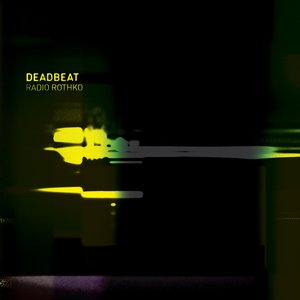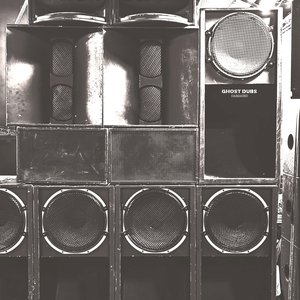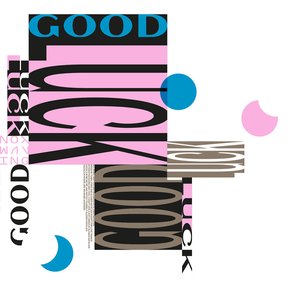Wiki
-
Veröffentlichungsdatum
24. September 2017
-
Dauer
2 Titel
When Nirvana’s Nevermind hit stores in the fall of 1991, little did the world know what this band would become.
Inside this album, Nirvana and their producer Butch Vig had hidden a track called Endless/Nameless – a live improvisation/jam between the band with their typical mellow/heavy/mellow songwriting MO pushed to the extreme.
The only way to hear it was to let the CD end and wait for 13 minutes 51 seconds.
It is not credited on the album and was not included on every copy. The first pressings didn’t have it, many later pressings left it off.
The unauthorised biopic ‘Nirvana: The Chosen Rejects’ mentions that the ”first 50,000 CD copies did not include the track. On this CD the water is painted all the way to the center of the CD; on the second version the color stops and the center is clear. Creating a gold mine for collectors, the first pressings of Nevermind did not include ‘Endless Nameless’. The oversight by DGC was corrected shortly thereafter when a new pressing was immediately sent out once the error was discovered.”
Other sources mention that at least one guy returned his copy of Nevermind. He thought it was broken when the hidden track suddenly appeared. Many other people thought there was something wrong with their multi-disc CD players, which should stop playing at the end of the album.
The way this mischievous noise-rock track infiltrated a record of dinosauric success has a romantic impact when we look at what rock music was before, and how it developed after Nevermind – it signified exactly what the band was all about.
It transformed the listener’s approach towards what a mainstream rock album should ‘sound like’ and how experimentation was perceived in a genre that still has very narrow ‘borders’.
The ambiguity it created is still reverberating.
It was a ticking bomb inside an otherwise well polished version of the band’s thrusting live energy and it profoundly delivered a very clear message to big corporate labels and mainstream audiences.
Jay Glass Dubs – Endless/ Nameless: out via anomia on the 24th of September (the same date Nevermind was released back in 1991) is a hommage to that track and its monolithic effect (using an inverted approach).
Following his stripped-down methodology, Jay Glass Dubs elaborates on two single loops created initially with a simple step sequencer. The result is two side-long tracks that retrace the obsolete pathways of ’dub techno’ while empowering it anew; by focusing on the 3/4 rhythmology of the sub-genre’s Caribbean predecessors; removing it completely from its four-on-the floor conversion and the club culture usurpation it has been under for the last few decades.
Albumbeschreibungen auf Last.fm können von allen bearbeitet werden. Du kannst dich gerne beteiligen.
Sämtliche von Benutzern eingestellte Texte auf dieser Seite sind unter der Creative-Commons-Attribution/Share-Alike-Lizenz verfügbar. Es können weitere Bedingungen zutreffen.











